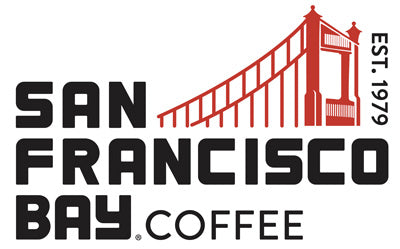Meet Our Farmers – Narciso Robiero Bravo

In 2008, at the age of fourteen, Narciso Robiero Bravo emigrated to the United States from Chiapas, Mexico. As an eighth grader, for two years, he labored stateside as the principal breadwinner of a fatherless family back in Mexico. He sent his earnings home to support his mother and his siblings, and at the age of sixteen, Narciso acquired a little over seven acres of land in the commons where he emigrated from – Agua Caliente, Cacahoatán.
Agua Caliente is a beautiful area of Mexico, just under a mile high in elevation. It’s very close to the Mexico/Guatemala border in the far southeast part of the country. Temperatures span from 70° to 90° over the course of the growing season. The wet season is typically overcast, and the dry season is hot and oppressive. It is, however, the perfect climate and the perfect elevation for growing coffee.

When Narciso was eighteen, two years after acquiring his land and four years after he initially came to the United States, he returned to Mexico to begin building his farm – establishing one of the first coffee plantations in that area. In 2018, at twenty-four years old, he began his relationship with the San Francisco Bay Coffee Company, receiving plants and technical assistance through the Rust Trust project.
Narciso is twenty-nine now, and he is solely in charge of the coffee production at his farm. He has two permanent staff members from the community who work with him, and when harvest time arrives, four more workers come on board to help handle the workload. His farm is located less than a mile above sea level, amongst the large mountains of southeast Mexico. The average rainfall is about 4,500 mm per year over very stony soil and amongst very steep slopes. Access to the coffee plants is complicated and to get to the closest community, one would have to travel 45 miles – 15 of which are on dirt roads. A system of sidewalks is the only way to reach the actual plantation in this region.
Harvest is over for this growing year, and Narciso and his supplemental crew of workers are now eliminating weeds and regulating the shade above the coffee plants. All the work on his farm is done by hand – a time- and labor-intensive process. In their spare time above and beyond the call of duty of the daily work that must be done, Narciso looks forward to establishing ten new acres of coffee plantations on newly acquired land in the area.
Coffee Varieties Grown at Ejido Agua Caliente
Three coffee varietals are grown on his farm: Sarchimor, Marsellesa, and Costa Rica 95. The “Sarchimor” varietal is a cross between a Timor Hybrid and Costa Rican Villa Sarchi. It’s a varietal that’s resistant to coffee leaf rust and berry-borers due to the resilience of its distant relative – Hibrido de Timor. Sarchimor is not a “pure” varietal since it has genetic traits from other species, chiefly Robusta. Sarchimor is really a group of varietals with similar ancestry. It grows well at medium altitudes and tastes a great deal like bourbon varietals – butter and chocolate flavor notes, sweet, with light fruit overtones.

“Marsellesa” is a member of the greater Sarchimor family. It has the same strength against coffee leaf rust and borers of all kinds. But whereas Sarchimors are known for their bourbon-like taste profiles, Marsellesa has a profile highlighted by notes of blackberry and sweet cherry.
The final varietal Narciso grows is “Costa Rica 95”. This coffee is a cross between the Timor Hybrid of the Sarchimor lineage and Caturra beans which contain more bourbon-like notes.
San Francisco Bay Coffee Company has been instrumental in providing technical support for Narciso and his coffee farm, but the chief help he and other growers in this area benefit from is good prices at market and decent treatment of their workforce. Thanks to San Francisco Bay Coffee’s presence, the area growers have greatly improved their income and are able to hire better workers from their community to help expand each plantation’s operations.
A Challenging Future
Challenges are always present. The yields are alternatingly high or low depending on the year. Currently, good labor is growing scarcer, and the need to increase the salaries of his assistants has unfortunately occurred during a drop in the price of coffee during this current 2022-2023 growing cycle. In order to find the good help he needs, Narciso has had to pay out more wages.
While he is grateful for the help of San Francisco Bay Coffee Company for the market climate and the technical support, Narciso saves a little bit of pride for himself – for the effort and the sacrifices he has made to forge his family’s heritage at such a young age. As he approaches the age of 30 as a coffee plantation owner, he does so by understanding the meaning of hard work and reaping the rewards of his years of commitment to his family and this industry.



